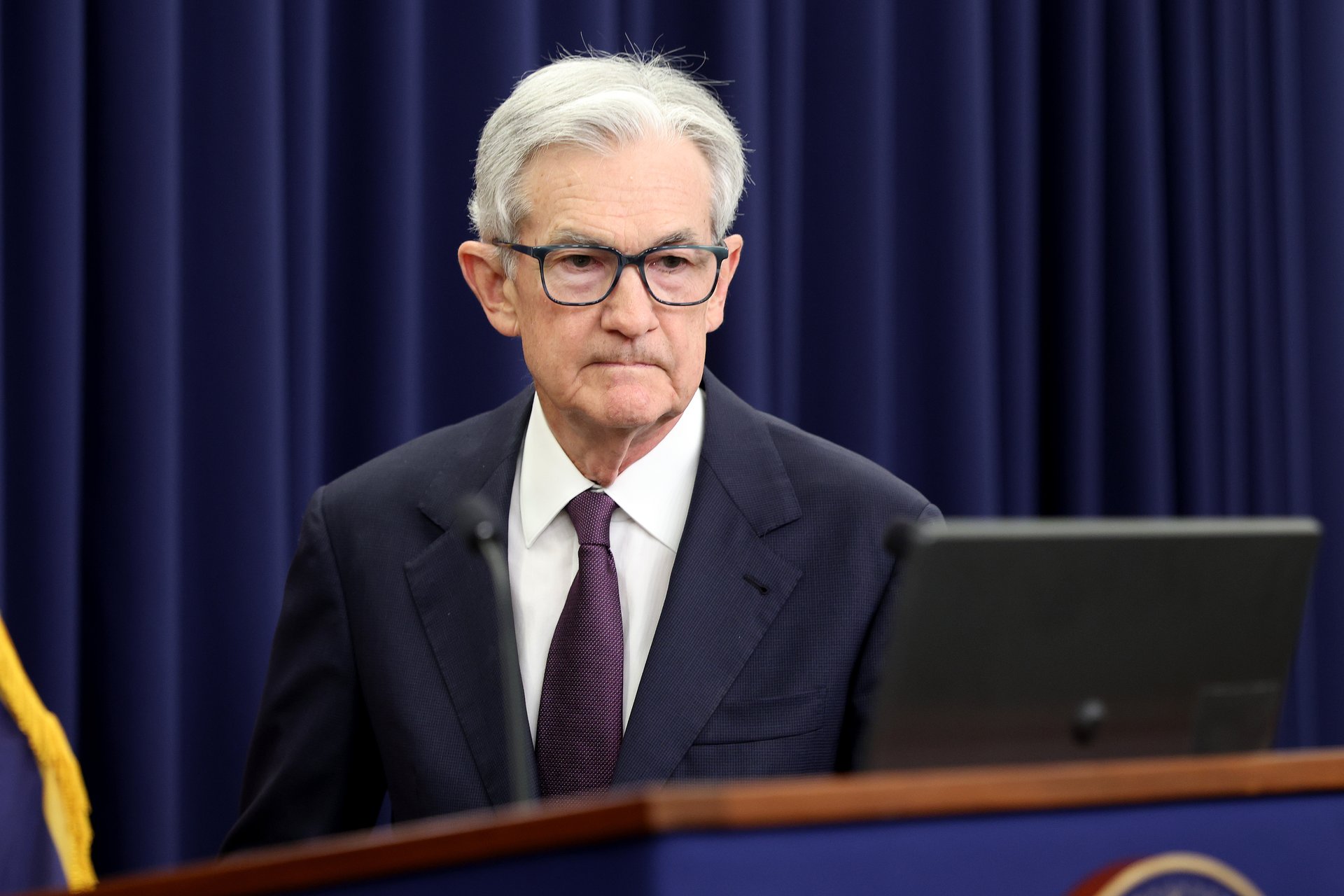The government shutdown could throw a wrench into the Fed's next meeting
A sharp jobs slowdown has provoked anxiety about a stalling economy. Tariffs are stirring renewed inflation. And the government shutdown clouds it all

Win McNamee/Getty Images
The next Federal Reserve meeting at the end of the month is shaping up to be weird one thanks to a government shutdown with no end in sight.
Suggested Reading
In its eighth meeting this year, central bank officials will grapple with a dilemma. A sharp slowdown in the labor market has provoked anxiety about a stalling economy. But that trend is coupled with the fear of tariffs stirring renewed inflation. The Fed's monetary policy tools aren't designed to fix both problems at once.
Related Content
And there's a new complication: Fed officials might not have the full economic picture. While the September inflation report will land a handful of days ahead of their two-day meeting on October 28 and 29, it's possible that central bank officials won't have last month's jobs report on hand as they decide interest rates. It's not a normal situation, but it does not mean the Fed is flying blind — at least for now.
"Missing one number probably is not crucial," said Gary Richardson, an expert in Fed history and professor at the University of California, Irvine. "It adds a little bit of uncertainty, but they probably have enough other information to have a pretty accurate picture of what's going on."
The September Fed meeting laid bare the divide within the 12-member Federal Open Market Committee. Most officials believed that the risk of worsening unemployment had increased since July, according to the publicly released minutes of the meeting. That group endorsed slashing interest rates, while another faction argued the Fed shouldn't slash borrowing costs further this year.
During a Tuesday speech at an economics conference, Fed Chair Jerome Powell brought up the delay in September's employment data. "We'll start to miss that data," he said, adding that some private-sector alternatives like the payroll firm ADP provided a viable, temporary replacement. Other top officials like New York Fed president John Williams echoed that recently.
However, Powell said that it will become "more challenging" for the Fed to carry out its mission if the shutdown drags on. Available data collected by the private sector, he said, isn't a replacement for the "gold standard" reports from the BLS. Several private-sector indexes, though, are reporting an uptick in inflation last month.
Due to federal funding drying up, the BLS is virtually shuttered except for the sole purpose of preparing the September inflation data for its Oct. 24 release. The White House on Friday called back some furloughed BLS staff to put finishing touches on the collected figures, given its critical role in determining the size of next year's Social Security benefits.
Should the shutdown stretch into a third week or more, it will jeopardize the BLS's ability to collect, compile, and publish the October data undergirding next month's scheduled inflation and employment reports.
"It would be a challenge to produce the October numbers under those circumstances," said Erica Groshen, who previously led the BLS. "They would be delayed and they may be of lower quality, particularly during a time when the BLS staffing is down 20% and a third of their leadership positions are vacant."
For now, Powell said Tuesday, current data suggests that job growth is scarce with no spike in unemployment. He said that the outlook for the economy hasn't changed substantially since last month's meeting, when Fed officials slashed interest rates by a quarter percentage point in their first cut of the year.
"Available evidence suggests that both layoffs and hiring remain low," Powell said. He added there's no "risk-free path" in dealing with the tension between achieving goals that at times conflict with each other.
